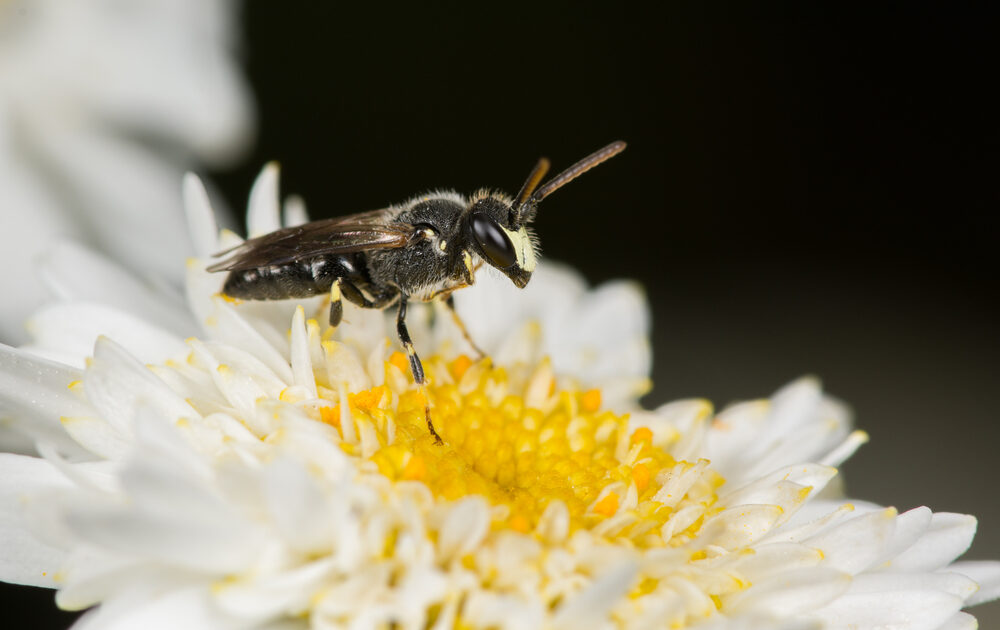7 Hawaiian Bees Added to Endangered Species List

Late last month, the U.S. Fish and Wildlife Service added a species of bees to the Endangered Species list for the first time ever. The Hylaeus bees, native to Hawaii, are disappearing at an alarming rate.

In all, seven species of the yellow-faced Hawaiian Hylaeus bees are facing a dire future on the islands. Their role in pollinating several indigenous crops—many also endangered–is crucial, reports the Washington Post.
The endangered-species designation “is excellent news for these bees, but there is much work that needs to be done to ensure that Hawaii’s bees thrive,” Xerces Society spokesman Matthew Shepherd wrote in a statement on the group’s website. The Xerces Society is a nonprofit working to support the protection of pollinators. According to Shepherd, the yellow-faced bees “are often found in small patches of habitat hemmed in by agricultural land or developments. Unfortunately, the [Fish and Wildlife Service] has not designated any ‘critical habitat,’ areas of land of particular importance for the endangered bees.”
The U.S. Fish and Wildlife pointed to nonnative bees as well as invasive animal species as part of the reason for the bees’ decline. But it also indicated human development—both in the form of habitat loss and the increased use of pesticides known to be harmful to bees such as neonicotinoids, as well as other practices compromising the environment.
“The designation is considered a victory for conservationists and echoes a broader effort, made in recent years, to recognize the contributions and importance of bees,” notes the Post. And it says, the efforts are finally paying off.
“In May 2015, the White House released its National Strategy to Promote the Health of Honeybees and Other Pollinators in a bid to protect such critters across the country.”
Karl Magnacca, a Hawaii-based entomologist, told the Associated Press that granting bees protection under the Endangered Species list was a decade-long effort, “It’s good to see it finally come to fruition,” he said, noting that the bees preference for certain plants is crucial that they help to “maintain the structure of the whole forest.”
In recent years, global bee populations have been steadily declining due to a condition known as colony collapse disorder. While several culprits have been suggested, including pesticides, no conclusive cause for the decline has been identified.
Find Jill on Twitter and Instagram
Related on Organic Authority
Research from Neonicotinoid Pesticide Producers Confirms They’re Dangerous for Honeybees
Sweet News for Bees: Dangerous Pesticide Use Dropping at Major Nurseries
18-Year Study on Bees Finds Controversial Pesticides Most Harmful
Hylaeus bee image via Shutterstock

